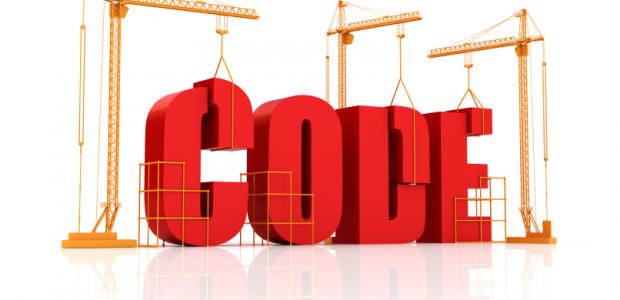The Kenya Building Code serves as a guiding document for construction projects in the country. Its rules and ordinance govern all types of buildings constructed in a country, including commercial and residential buildings. The aim of the building code is to help developers meet the minimum standards for your project.
The rule allows contractors, architects, and engineers to enhance various aspects of the building to improve its performance. Aspects such as energy efficiency, water-saving, and indoor air quality can be improved by the room for improvement in the code.
Importance of the building code
An effective building code model requires the legal capacity and status of the document to be accepted by all stakeholders in the construction industry. The rules must be followed to ensure building standards, safety, and health standards. It also helps in protecting your property from any potential structural hazards.
Building codes also strive to provide a reasonable level of performance for the building industry as a whole and prevent negligence. But if building codes work to prevent industry negligence and ensure the health and safety of residents:
Why should they change?
Why shouldn’t construction professionals see it as a hindrance to creativity and innovation?
A brief history of the Kenya building code
Over the years, the code has been revised, supplemented, and enacted to regulate the buildings and to protect residents from unsafe construction methods. The first building rules were modelled by the British in the 1960s. This document was subject to local government requirements and its conditions were obtained from former colony experts who compiled codes in accordance with the needs of the industry and country at the time and in their favour.
As time lapsed, new construction designs and ideas emerged worldwide. Stakeholders in the construction industry didn’t want to be left behind. There was the need for revising the code to fit the construction requirements, innovation, and new construction designs that people wanted to adopt and to fit the younger generation that was now engaging in construction developments.
Finally, the final revised code took effect in 2020, promulgated by the National Construction Association (NCA) and is still in effect.
Arguments about the building code
There are always two sides to a coin. Constructor Code Arguments are not a hit-and-miss attempt to relax the building code restrictions. On the other hand, each revised building code serves an important purpose of hazards, especially to prevent building collapses, which sometimes happens due to non-compliance with the rules with the code.
But at the same time, the same code is seen as a hindrance to innovation and improvement in construction practices in Kenya. Seasoned contractors and other industry veterans are often disappointed with certain trends in the document. Even though the “build to code” command makes them meet the bare minimum legal requirements while leaving room for innovation if needed. But this is not enough.
Construction technologies, innovation and creativity are constantly evolving. There is often a gap between building code requirements and the latest available technology. Developers strive for the highest level of performance that can improve human factors, such as comfort and safety. They are striving to improve the characteristics and structure of buildings.
Construction technologies and innovationsPrecast concrete slabs
Precast concrete slabs
Precast concrete slabs like beams and block technology are becoming more and more popular for many reasons. In simple terms, precast concrete is a building product produced and cured in a controlled environment. It is then transported to your construction site, and placed on to your load-bearing was at the site.
In contrast to the conventional concrete is cast in situ and cured in place. This makes the precast concrete floor cheaper and less time-consuming than conventional concrete.
Off-site construction
Off-site construction is often used for projects with repeating floor plans or layouts in their designs. They may include apartment buildings, hotels, hospitals, dormitories, apartment buildings, prisons, and schools. Offsite manufacturing takes place in a controlled environment and operates similarly to an automobile plant.
conclusion
It would be impractical to obscure this vital document as it serves as a tool to guide and reform the building sector in Kenya. It is an efficient and effective control tool for our building plans and the industry.
At the same time, the code should not make it difficult for builders to delve into requirements and to justify a specific design course they choose. If they become overly complex, innovation is suppressed, and the role of professionals is simply seen as those of technicians. The rules and regulations in the document should always strike a balance between explicit and implicit requirements.
In the end, High priority code updates are released quickly, but the review process for changes often takes several years.
Collaboration with other relevant industries forms a basis for code awareness across the country. By establishing a well-structured timeline for the application, implementation and validation of the rulebook, its effects will be apparent.

